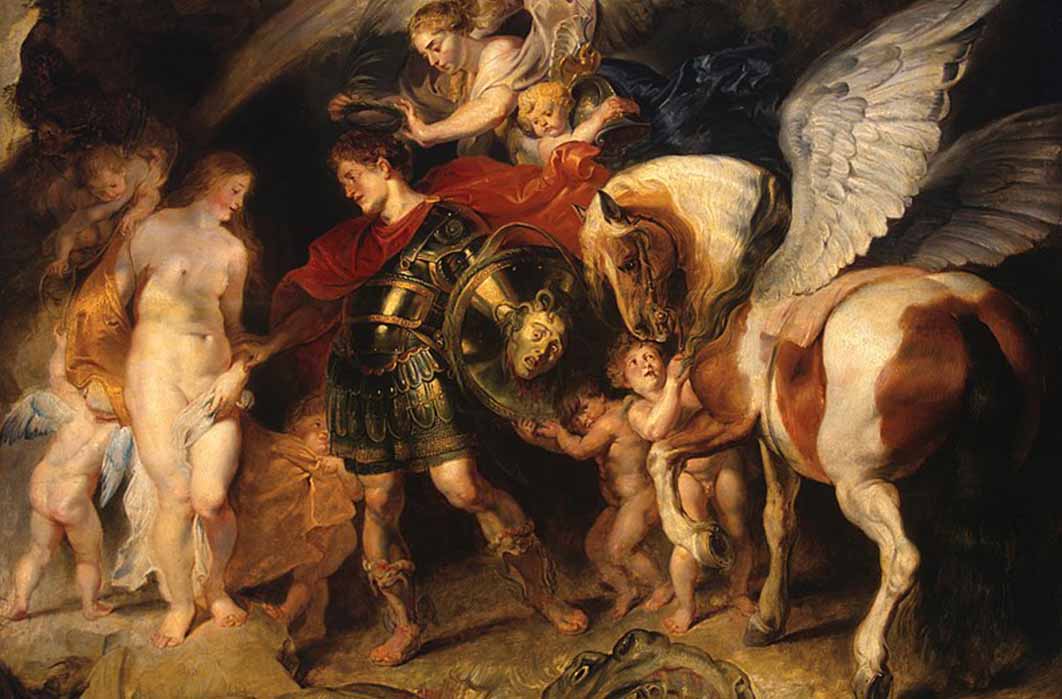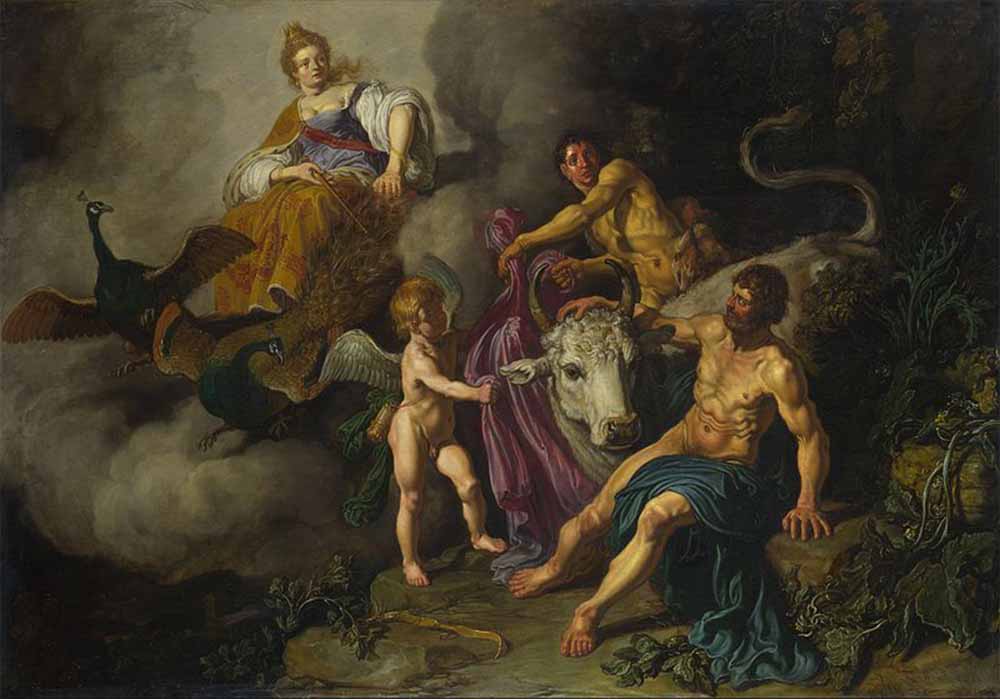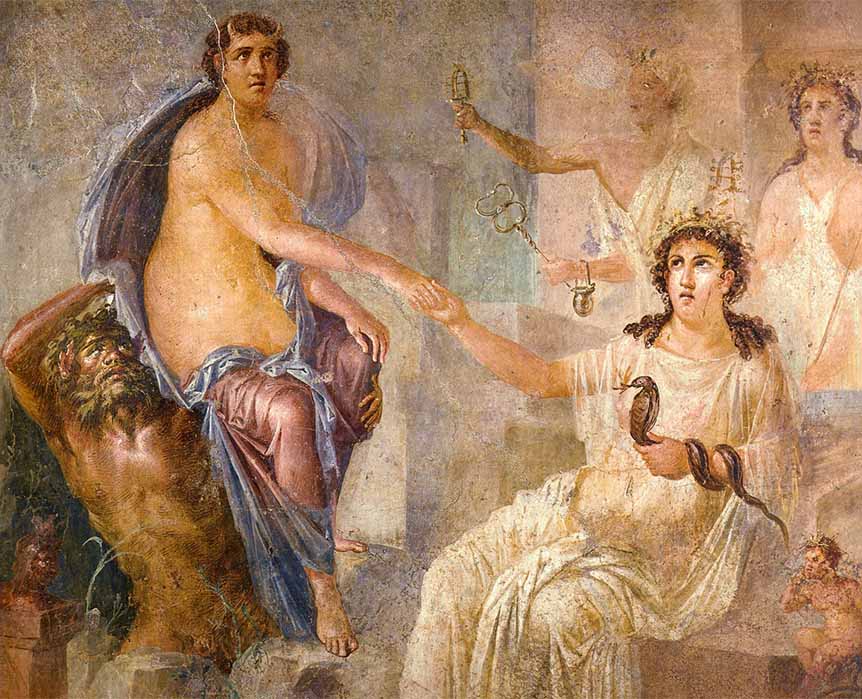
Perseus, The Greek Variant Of Sumerian Gilgamesh
Perseus is one of the greatest heroes of Greek tradition, venerated as a demigod. But is Perseus really of Greek origin or was his legend brought from elsewhere to Greece? According to the Greek father of history Herodotus in his The Histories (6.54), the Persians maintained that “Perseus was an Assyrian who adopted Greek nationality”. This means that Perseus was originally of Mesopotamian origin and could probably be traced to none other than the well-known Gilgamesh, whose story was brought from Mesopotamia to Greek shores.

Hera discovering Zeus with Io, by Pieter Lastman (1617) (Public Domain)
The Perseids or Danaans
The family-tribe from whom Perseus purportedly descended is called the Perseids or Danaans. According to Greek tradition, the lineage of Zeus and Io, through Belus and Anchinoe, produced two brothers, namely Danaos and Aegyptus, from whom the Danaans were descended. The names, Danaos (Danajo) and Aegyptus (Aikupitijo), appear in Mycenaean sources, showing this to have been a very old Greek tradition, also known to Homer and Hesiod. Danaos and his family migrated to Greece during an early epoch in Greek history.
The close and intimate connection that existed between the Danaos family and Egypt is quite evident in the names, Aegyptus and Epaphus. Epaphus was a son of Io, grandfather of Agenor and Belus and great-grandfather of Danaos and Aegyptus; his name obviously corresponding with the Hyksos name, Apophis.

Io is welcomed in Egypt by Egyptian goddess Isis. Io is carried by a river god, setting her down at Kanopus near Alexandria. Roman fresco Temple of Isis Pompeii. Museo Archeologico Nazionale (Public
Domain)
After the Danaos Dynasty established themselves on the Peloponnese Peninsula, branches of the family ruled in Argos, Tiryns and elsewhere during the Mycenaean Age. Greeks of later times looked upon them as the founders of perhaps the greatest and most brilliant epoch in Greek history, with them having obtained eternal renown and fame under the name, Danaans, in Homer’s Iliad. Homer had knowledge of the story of Perseus and refers to the hero no less than three times, twice as the father of Sthenelos. In the Iliad he also refers to the mortal woman, Danae, “who bore Perseus, outstanding among heroes”. The Gorgon slain by Perseus is mentioned four times.
Some scholars have identified the Greek Danaans with a people who resided in the region of Tarsus and Adana in Cilicia on the Anatolian Coast from the middle of the second millennium BC. The earliest reference to these Cilician people appears in the Amarna archives during the 14th century BC, in a letter from King Abimilki of Tyre to Amenhotep IV of Egypt. In this letter Abimilki mentions the fact that the King of Danuna, which he locates in northern Canaan, had died. Scholars identify this land with the eastern Cilician plains, also called Quê.
- Mighty Gilgamesh: Archetype Of The Nephilim
- The Legend of Lugalbanda, The First Sumerian Shaman
- Perseus and the Legendary Rescue of Andromeda: Slaying of a Dangerous Sea Monster
If these people were related to the Danaans of Greek history, the implication is that some of them migrated to Greece whilst others stayed behind, resulting in their name being attested to during the Amarna Age. Strikingly enough, the city of Tarsus, which is located on the Cilician plains, was in fact closely associated with Perseus.




